The administration of Maryland Gov. Wes Moore is proposing to tackle a multibillion-dollar, long-term budget shortfall by imposing drastic cuts on transportation spending that would slow highway construction, reduce transit service and increase the cost of airport parking, according to a summary of the plans.
Maryland
Moore administration targets $2 billion cut to Md. transportation projects

Maryland faces an across-the-board budget crunch caused by lackluster economic conditions and the expense of key policy goals. But the outlook is worse for transportation projects scheduled to begin in several years, partly because of rising construction costs and declining revenue streams dedicated to paying for them.
The biggest proposed cut is a $1.6 billion hit over six years to highway construction that would “defund all major expansion construction projects” not advertised by Jan. 1 and cut by 30 percent the budget for maintenance projects designed to keep roads and bridges in good condition. Transit construction faces a $652 million cut that similarly targets expansion projects.
Projects underway or set to begin next year did not appear to be affected, according to the documents reviewed by The Post.
The administration has proposed saving money in the short term by reducing transportation-related services, such as less litter pickup and mowing along state highways.
The Maryland Department of Transportation said the proposal reflects the need for the state to both tighten its belt and invest in the future at a time of inflation.
“The Moore-[Aruna] Miller Administration has been clear about the challenging budget shortfalls facing Maryland that have long been forecasted to take place,” MDOT said in a statement. “The depths of those structural problems only became clearer over time.”
The General Assembly could revise the proposal when it meets in the new year.
The plan follows MDOT’s announcement in September of a $2.1 billion shortfall in its six-year construction budget, with revenue forecast to lag spending despite federal funds from the $1 trillion infrastructure law. A recent report by legislative analysts put the shortfall at $2.8 billion.
The gap is a reflection of a troubled budget picture that has threatened to imperil the ambitious agenda of Moore, a Democrat finishing his first year in office. The state’s economy hasn’t kept pace with that of several other states. Maryland boasts the country’s lowest unemployment rate, but economists say that figure is fueled partly by jobseekers moving to other states.
Moore warned state and local leaders in August that budget cuts might be on the way because “our economic engine does not support our ambition.”
A landmark education program designed to equalize and boost achievement, for example, is projected to cost roughly $4 billion annually when fully implemented. By fiscal 2028, however, the state will be at least $1.8 billion short each year, according to recent legislative estimates.
Moore promised systemic change that would “leave no one behind,” pledging to end child poverty, expand economic opportunity and rebuild what he described as a hollowed-out state government. Next month, he’ll present a budget he says attempts to do that.
Maryland budgets transportation spending separately from the rest of state government and on a six-year horizon, which is why the proposed transportation cuts are being announced separately.
Aside from transportation, legislative analysts estimate that Moore also will have a roughly $400 million annual budget hole to close, amounting to about 1.3 percent of other scheduled state spending.
Transportation construction has been especially hard-hit by inflation across the country, a factor that Maryland officials have said is partly responsible for the budget hole. At the same time, states are grappling with how to raise money from a growing number of electric vehicle drivers, who don’t pay the gas taxes that fund investments in new infrastructure.
The shortfall also complicates Maryland’s ability to take advantage of the federal infrastructure law, which provides the state billions in new money that must be partially matched. Officials said in September that the budget gap could mean tough decisions about how to use federal money.
In its statement Friday, MDOT said the plan protects $7 billion in federal investments in transportation.
The state’s proposed transportation plan calls for service cuts and increases in fees that would be directly felt across the state, and potentially affect high-profile projects. Its summary says only the planning funds for the Red Line transit system in Baltimore would be maintained. It does not mention the American Legion Bridge connecting Maryland and Virginia but says planning funds for key projects would be protected.
The implications of the proposals for the Washington region’s Metro system aren’t clear. The plan’s summary notes the transit system is facing a $750 million deficit as ridership lags in the wake of the pandemic. Officials in Maryland, Virginia and the District, which share responsibility for funding the system, are in discussions about providing more money to help close the gap.
The summary of Maryland’s plans includes increasing MVA fees by $40 million a year, while closing two branch offices in Montgomery and Baltimore counties, as well as imposing a hiring freeze. Officials would seek to raise $30 million a year by increasing parking fees at Baltimore-Washington Marshall International Airport and its rail station, while increasing airport drop-off and pickup fees for ride-shares.
The proposal also calls for eliminating commuter bus service and abandoning a planned expansion of service on MARC’s Brunswick Line. It calls for eliminating or reducing “inefficient” service on other transit lines without affecting core operations in Baltimore. The cuts would delay a transition to electric buses, according to the summary.
The summary says a dozen major highway projects would be defunded, affecting a stretch of U.S. 15 in Frederick, a stretch of Interstate 81 in Washington County, the widening of Interstate 97 in Anne Arundel County and a Capital Beltway interchange in Prince George’s County.
Spending on airport construction would largely be spared because of restrictions imposed by the Federal Aviation Administration, according to the summary.
The plans were laid out privately to lawmakers this week, according to people familiar with the briefings, and are expected to be publicly unveiled in the coming days. The General Assembly approves final spending plans before they take effect and will have some discretion to make changes.
Maryland has established a commission to address long-term transportation funding issues. It is scheduled to meet Dec. 13 and lay out preliminary recommendations to raise money.

Maryland
Sunny, beautiful start to Maryland’s workweek

Watch CBS News
Be the first to know
Get browser notifications for breaking news, live events, and exclusive reporting.
Maryland
Fall chill overnight for Maryland

Watch CBS News
Be the first to know
Get browser notifications for breaking news, live events, and exclusive reporting.
Maryland
3 Takeaways from the Spartans’ Victory over Maryland
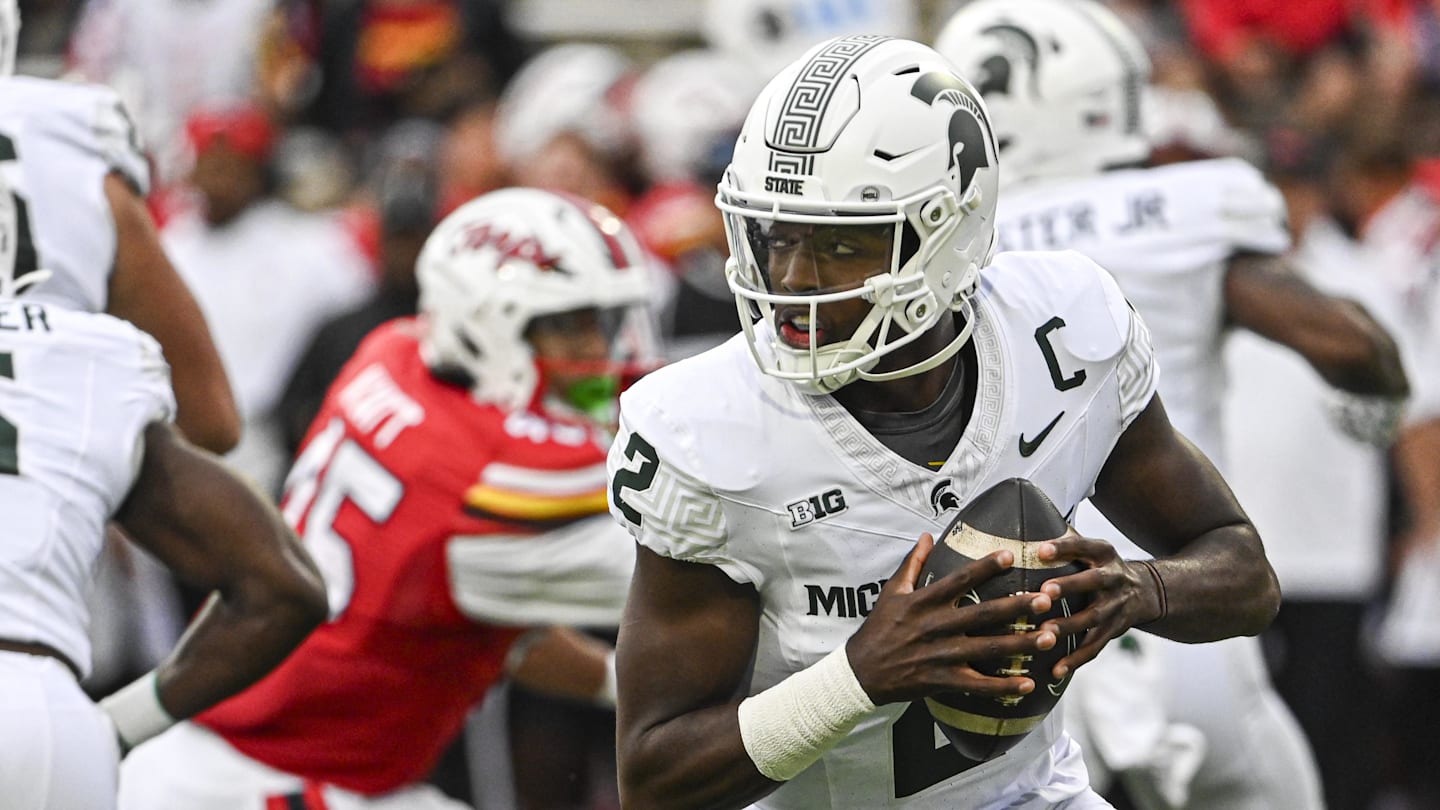
The Michigan State Spartans under head coach Jonathan Smith are 2-0 thanks to a road win against a tough Maryland team, 27-24.
Resilience might be the word to describe this squad so far. The Spartans made some big blunders against the Terrapins and still found a way to battle back. The gritty performance might have been enough to get the Spartans into a bowl game.
Here are three takeaways from the Spartans’ win.
Aidan Chiles: Very Young, Very Talented
Chiles looked vastly improved from the home opener against Florida Atlantic. Again, he looked like an 18-year-old quarterback.
Chiles got not just his first passing touchdown as a Spartan, but three passing touchdowns to go with 24 of 39 passing and 363 yards. He also had three interceptions, which very nearly cost the Spartans the game.
Chiles has about as strong an arm as any quarterback to wear the green and white in recent memory. He is dangerous when he is on the move.
Perhaps a critique is that he should try to make more plays with his legs, he has seemed cautious to these first two games. The first pass rusher to get to Chiles likely won’t bring him down — Chiles has a great feel for the pocket and he is quite slippery.
Chiles overcame some poor mistakes and throwing mechanics (his feet tend to get wide and it factors into his overthrows) to lead the Spartans in the most critical of situations against a sturdy Maryland defense.
Huge game for Chiles, who showed why the hype was so promising.
Can the Spartans Stay Healthy on Defense?
Already, this Spartans squad is beaten up. Dillon Tatum, a key defensive back, lost for the season. Wide receiver Alante Brown, whose injury allowed for Nick Marsh to announce himself to the world, lost for the foreseeable future. Kristian Phillips at guard was huge.
During the Maryland game, several Spartans were beat up. Few even had to go into the tent on the sideline. It will be crucial for the Spartans to remain healthy, especially on defense. Most especially in the defensive backfield.
The Spartans are very confident in their young defensive backs — Justin Denson Jr., Andrew Brinson IV, and Jaylen Thompson can all be very good players, but they need more time to develop.
If more Spartans fall to injury, the defensive backfield could get very young.
Nick Marsh is the Real Deal
Marsh was the recruiting gem of 2024, the best player in a class with plenty of good talent. A highly-rated four-star, Marsh was the No. 107-ranked player in the class by 247Sports. Marsh, of course, stood out in fall camp like the high-profile recruit he was.
6-foot-3, 208 pounds, Marsh already had a man’s body. At just 18 years old.
“Possesses the size, athleticism, and multi-sport profile that projects very well in the long term,” 247Sports’ Gabe Brooks wrote. “Traitsy mismatch wideout with high-major impact potential and the ceiling to develop into an NFL Draft candidate.”
With the loss of Brown, Marsh was asked to step up. Step up he did — eight receptions for 194 receiving yards and a touchdown. Wide receivers coach Courtney Hawkins might have his next in the line of Jalen Nailor, Jayden Reed and Keon Coleman.
Don’t forget to follow the official Spartan Nation Page on Facebook Spartan Nation WHEN YOU CLICK RIGHT HERE, and be a part of our vibrant community group Go Green Go White as well WHEN YOU CLICK RIGHT HERE.
-
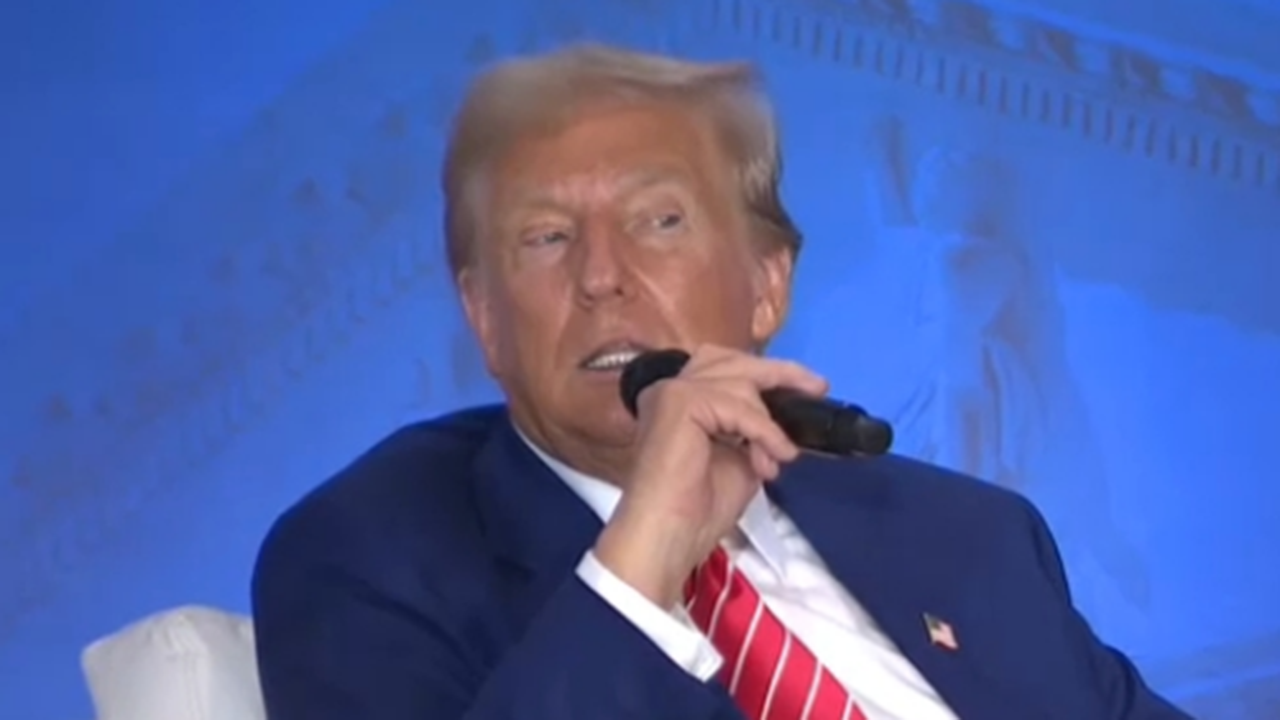
 Politics1 week ago
Politics1 week agoTrump impersonates Elon Musk talking about rockets: ‘I’m doing a new stainless steel hub’
-
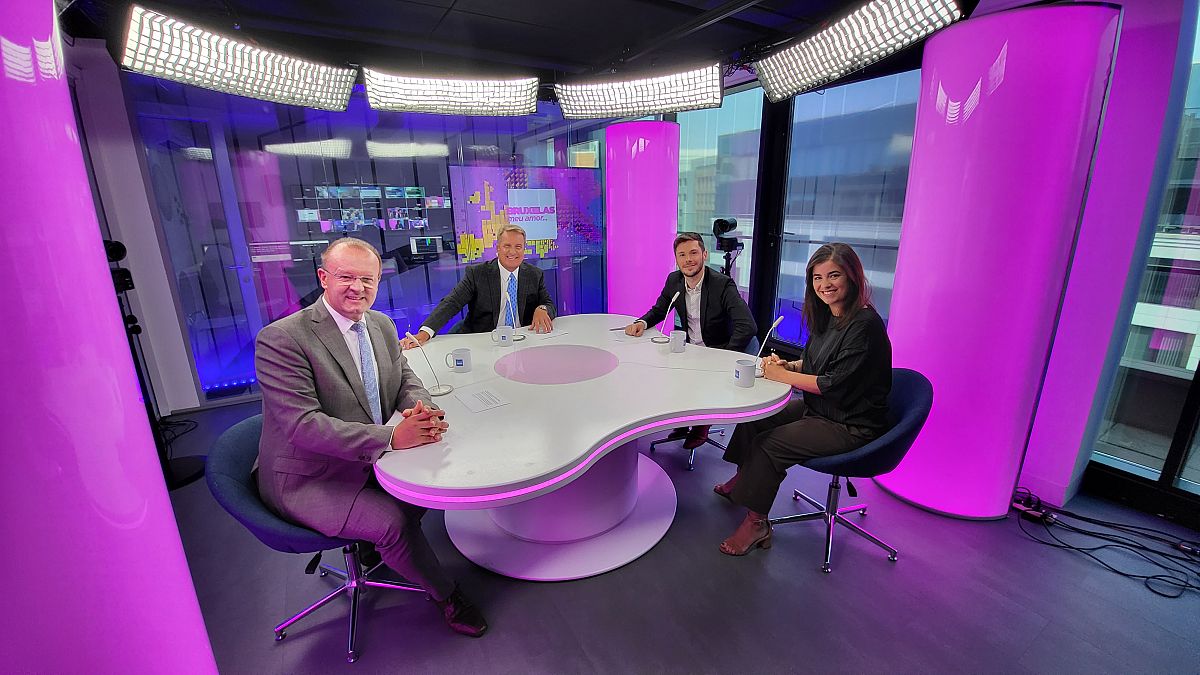
 World1 week ago
World1 week agoBrussels, my love? Is France becoming the sick man of Europe?
-
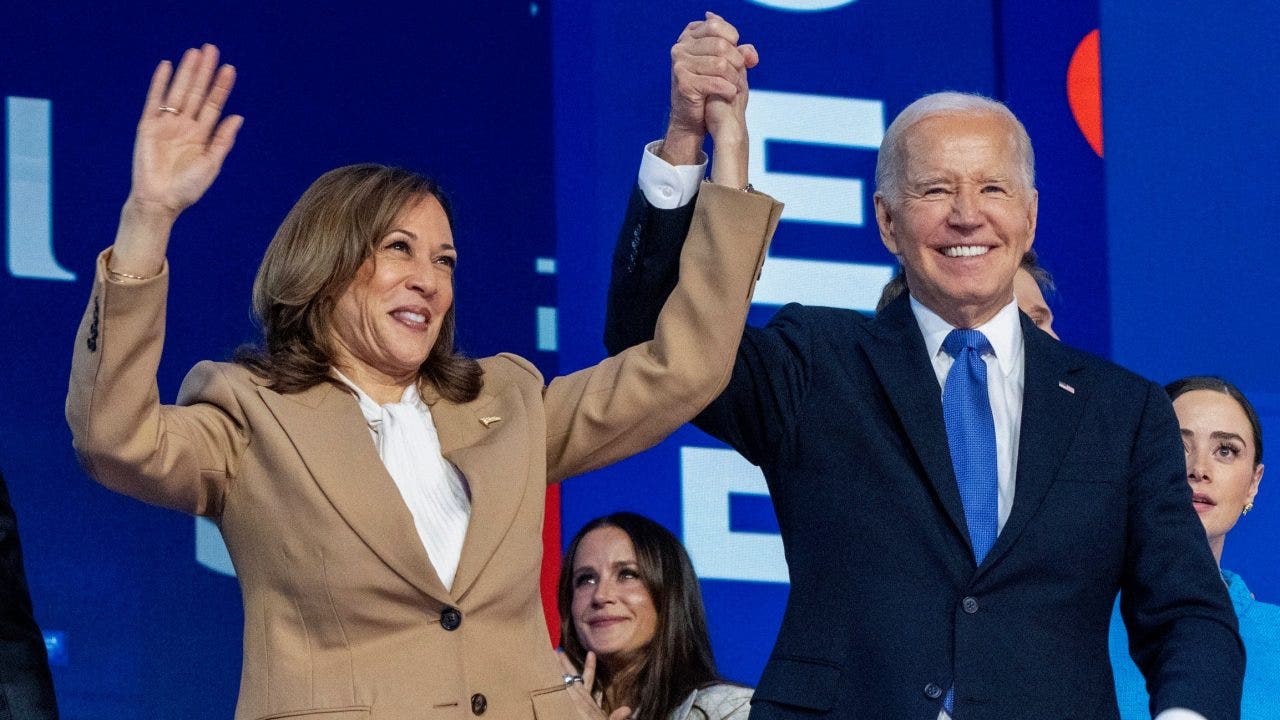
 Politics1 week ago
Politics1 week agoHarris says no regrets about defending Biden fitness for office
-
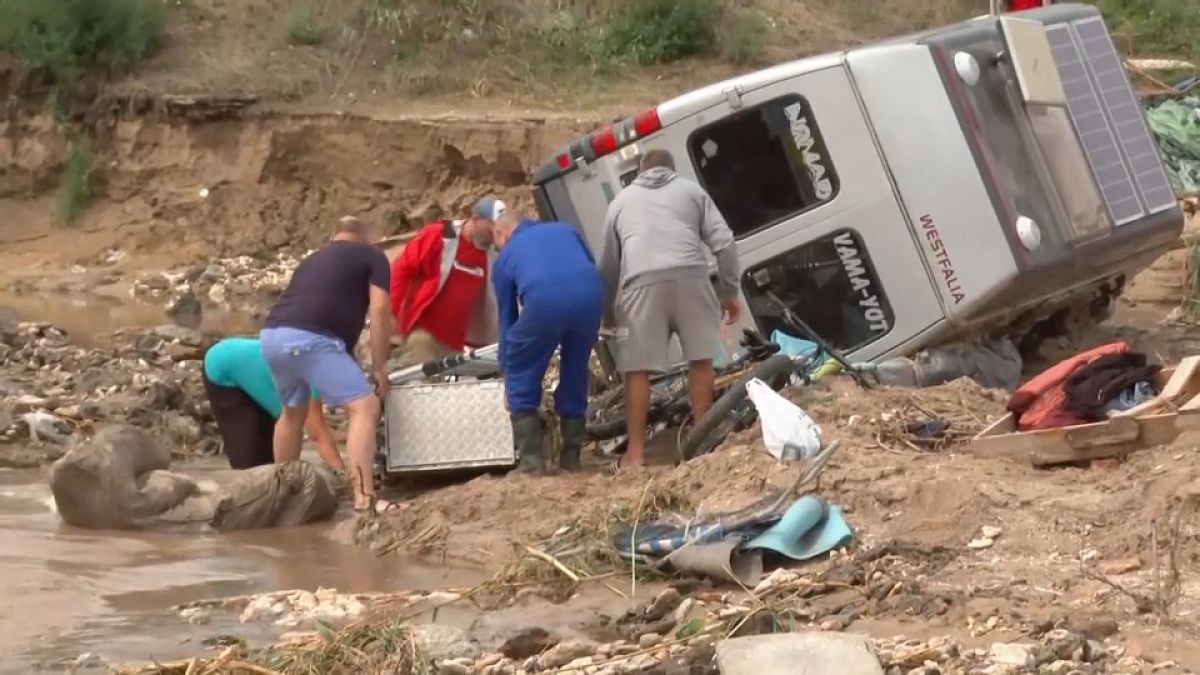
 World1 week ago
World1 week agoLocals survey damage after flooding in eastern Romania
-

 World1 week ago
World1 week agoWhy is Belgium struggling to name a European Commissioner?
-

 World1 week ago
World1 week agoTaiwan court orders release of ex-Taipei mayor arrested in corruption probe
-
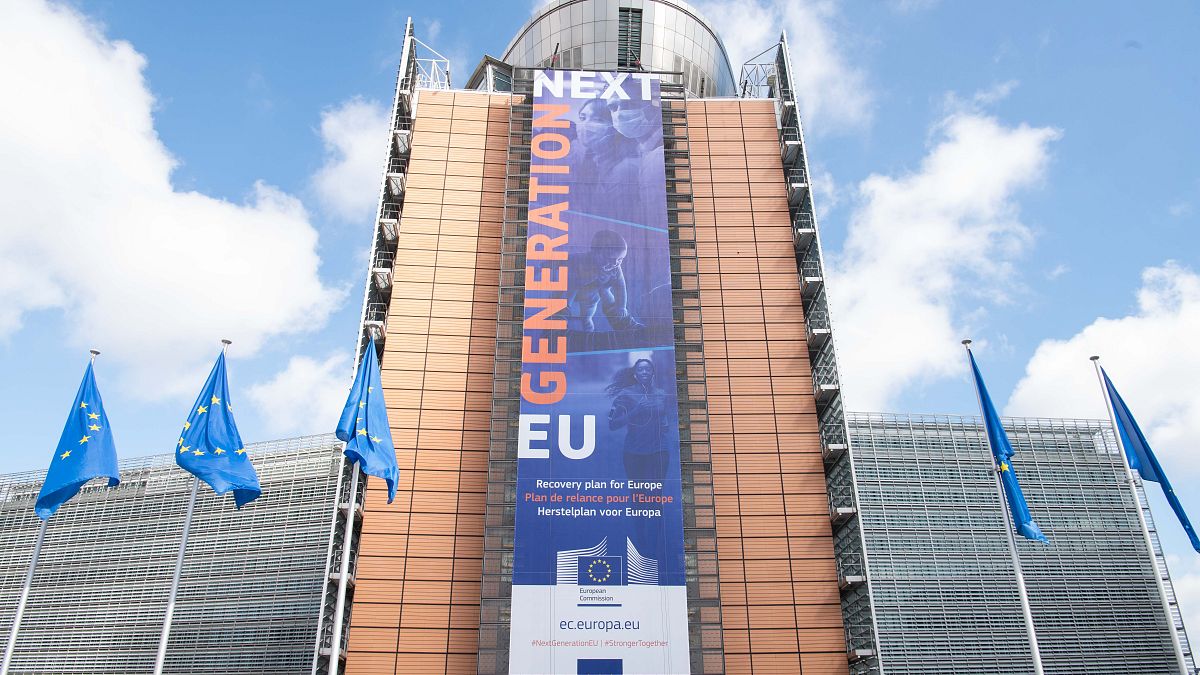
 World7 days ago
World7 days agoSeven EU members hadn’t received any post-Covid funding by end-2023
-
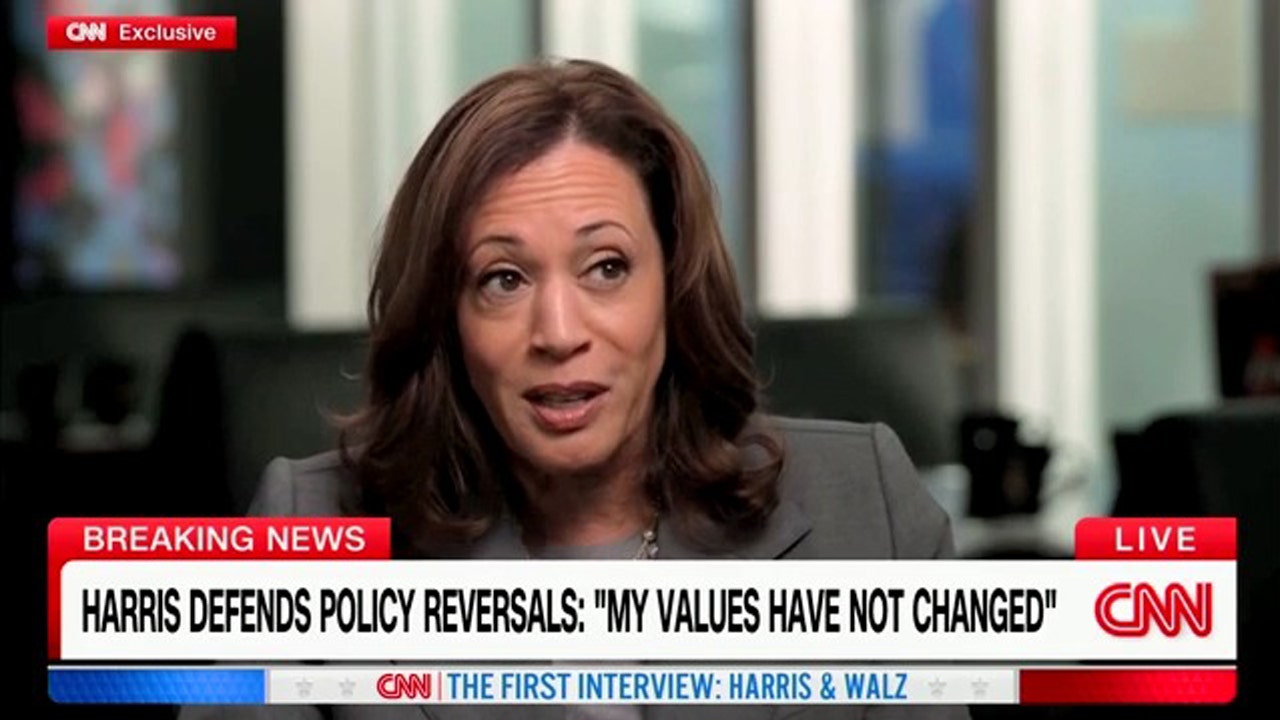
 Politics1 week ago
Politics1 week ago'For election purposes': Critics balk at Harris' claim she will 'enforce our laws' at southern border















